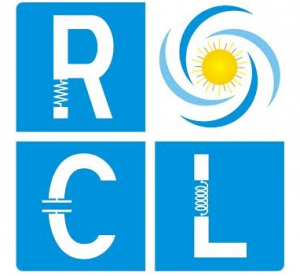Why Solar Energy?
Renewable power applied sciences are smooth sources of power which have a so much cut down environmental influence than traditional power applied sciences.
Whilst a majority of the world’s current electrical power give is generated from fossil fuels reminiscent of coal, oil and natural gas, these common energy sources face a quantity of challenges including rising prices, safety concerns over dependence on imports from a confined quantity of international locations which have giant fossil gasoline presents, and growing environmental issues over the climate exchange dangers associated with vigour iteration making use of fossil fuels. Thus of those and other challenges dealing with ordinary vigour sources, governments, businesses and consumers are increasingly supporting the development of replacement vigor sources and new technologies for electricity new release. Renewable energy sources comparable to sunlight, biomass, geothermal, hydroelectric and wind-vigor generation have emerged as competencies choices which deal with a few of these issues. Versus fossil fuels, which draw on finite resources that can eventually end up too costly to retrieve, renewable energy sources are most commonly limitless in availability.
Solar Power generation has emerged as some of the speedily developing renewable sources of electrical energy. Solar Power new release has a few benefits over other varieties of electricity iteration:
Reduced Dependence on Fossil Fuels. Solar power construction does no longer require fossil fuels and is consequently less elegant on this restrained and steeply-priced common resource. Even though there’s variability in the amount and timing of daylight over the day, season and 12 months, a correctly sized and configured method can also be designed to be incredibly trustworthy while providing lengthy-time period, constant cost electrical energy provide.
Environmental Advantages. Solar power creation generates electrical power with a limited impact on the environment as compared to different forms of electrical power creation.
Matching Peak Time Output with Peak Time Demand. Solar energy can effectively complement electricity supply from an electrical energy transmission grid, reminiscent of when electrical energy demand peaks in the summer
Modularity and Scalability. As the dimensions and generating potential of a sun method are a function of the number of solar modules set up, applications of sunlight technological know-how are without problems scalable and versatile.
Flexible Locations. Solar power creation facilities can be installed at the consumer site which reduces required investments in production and transportation infrastructure.





